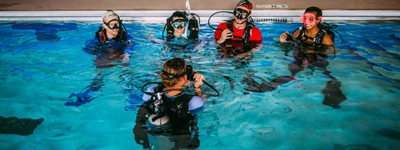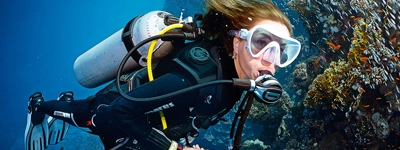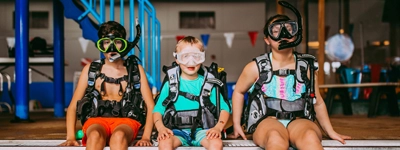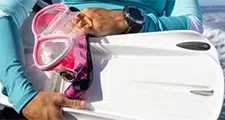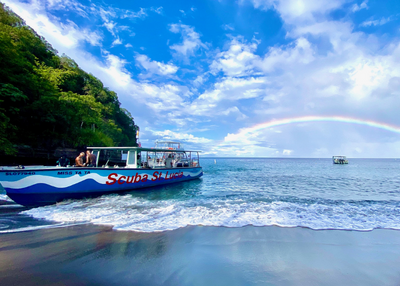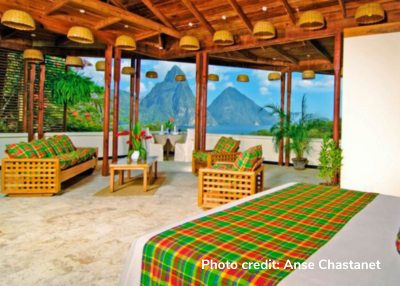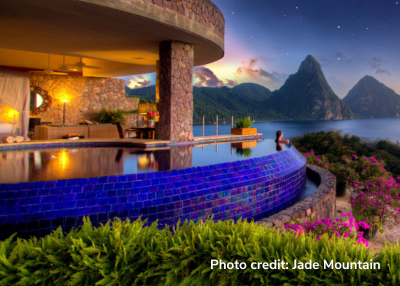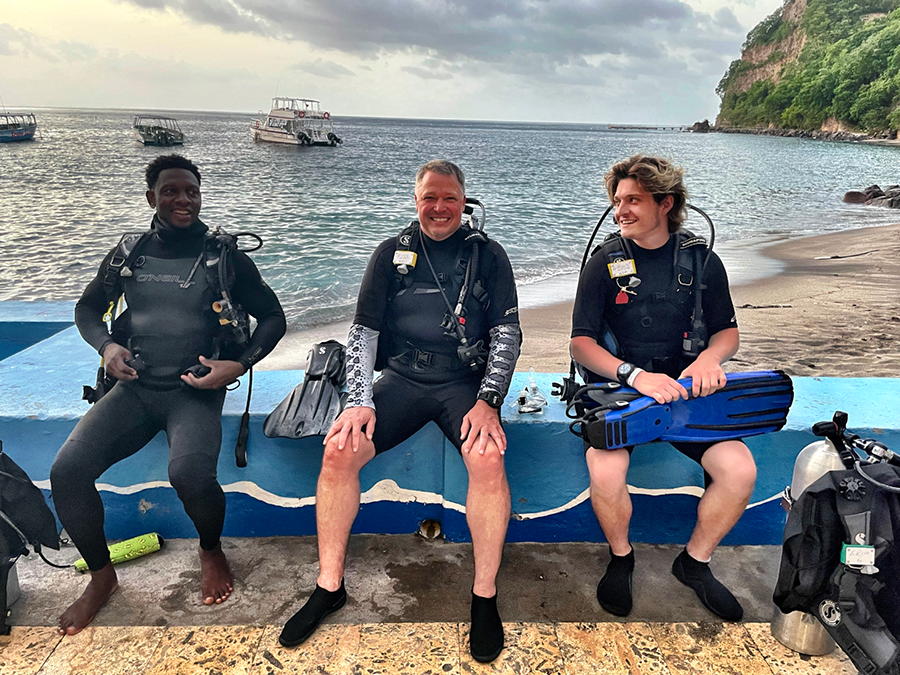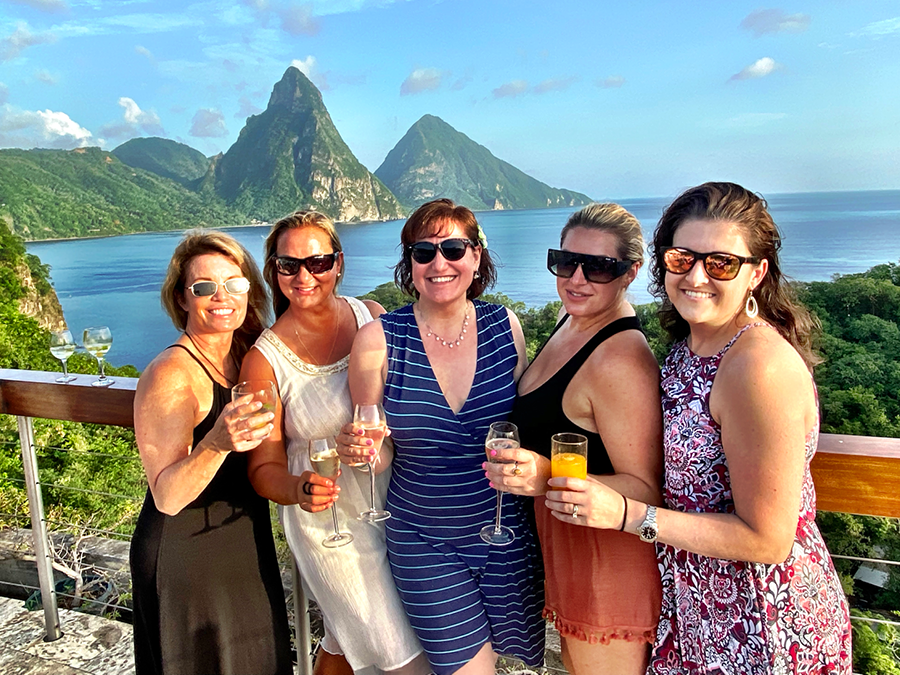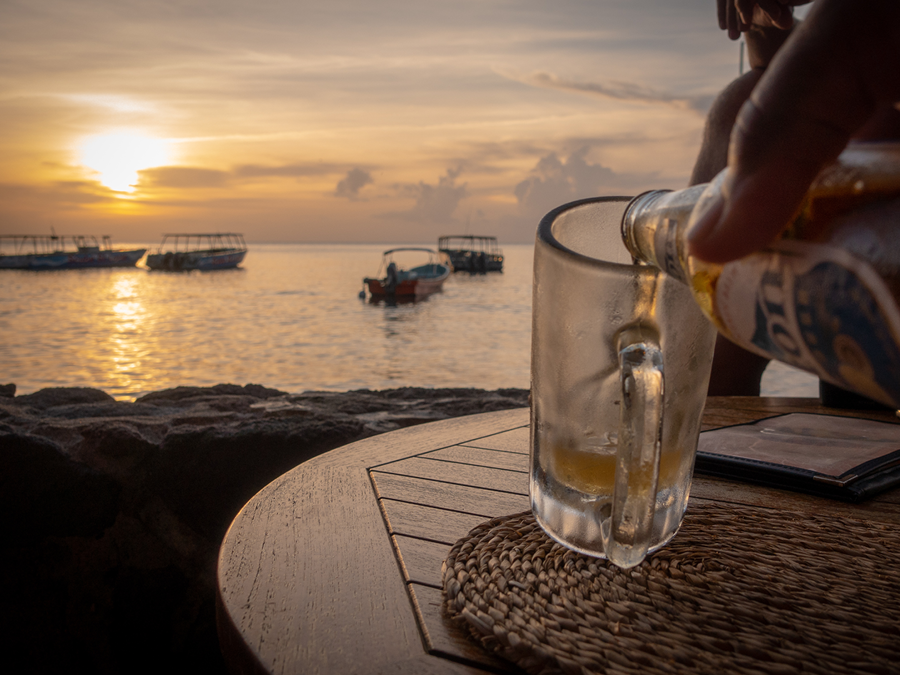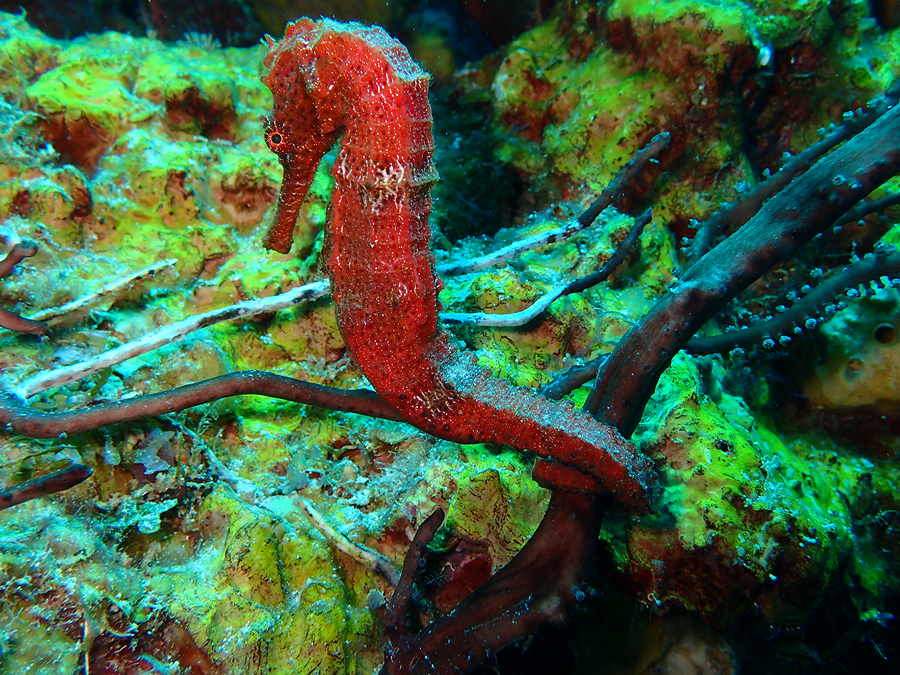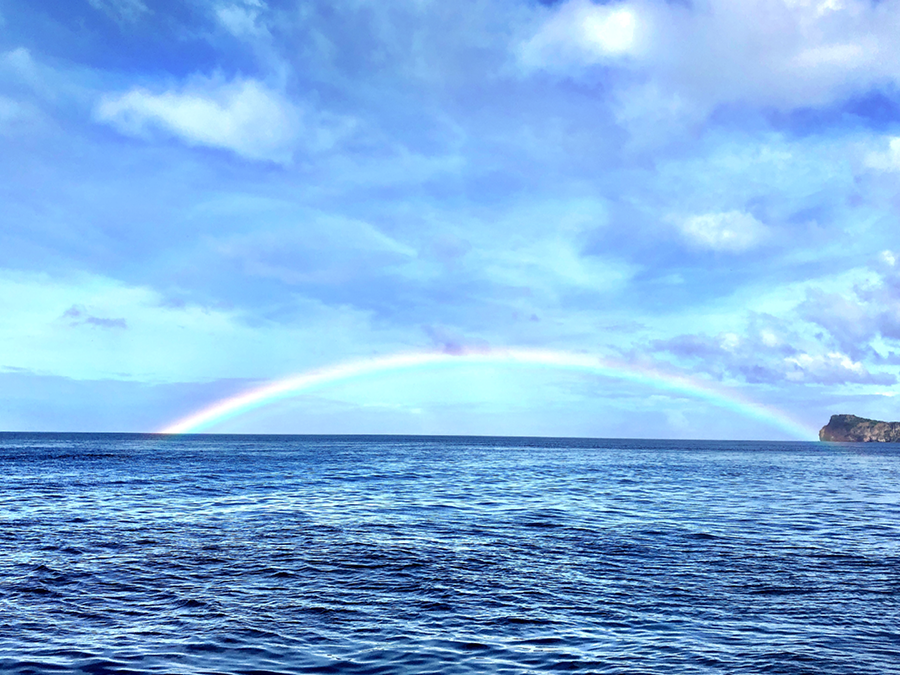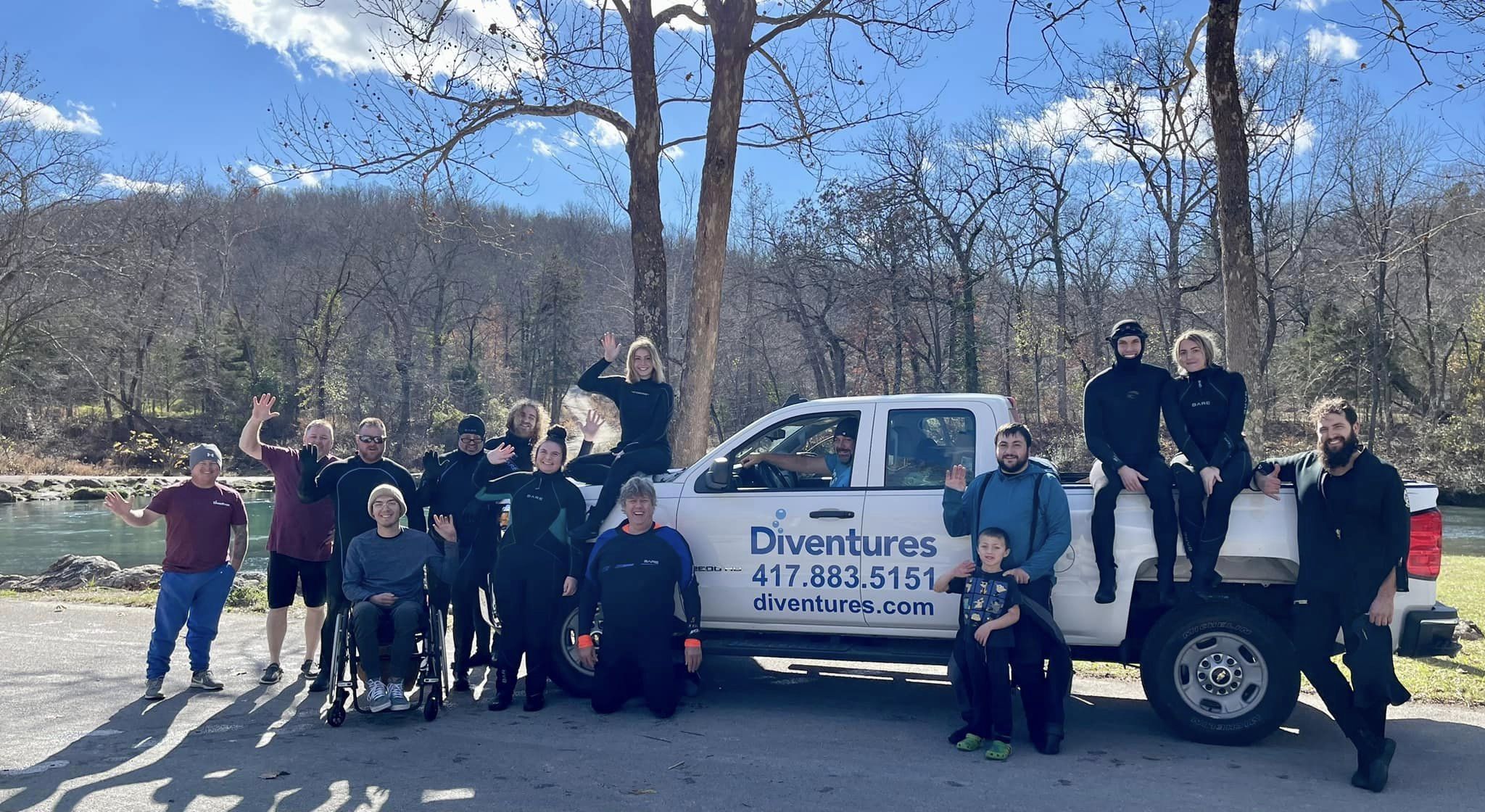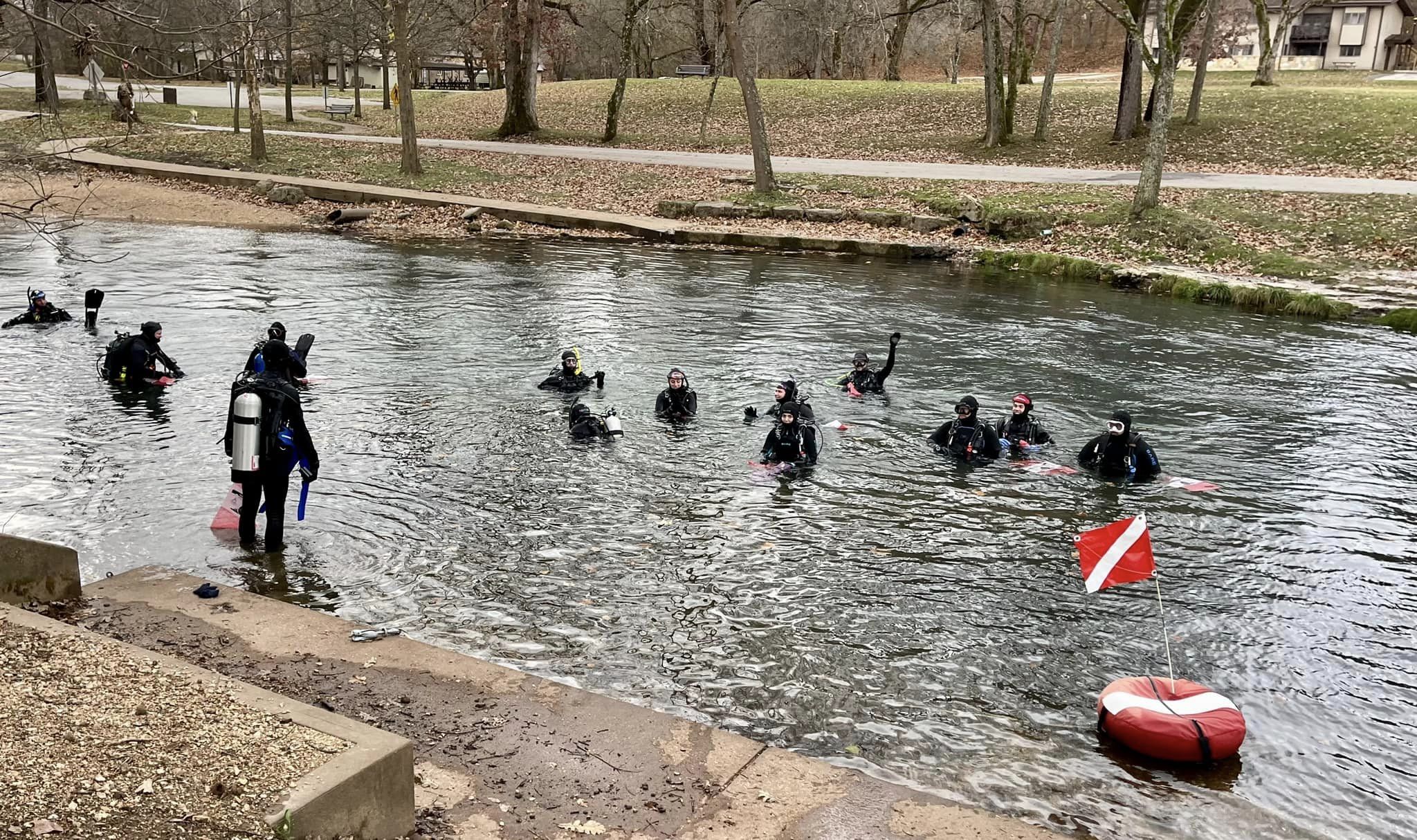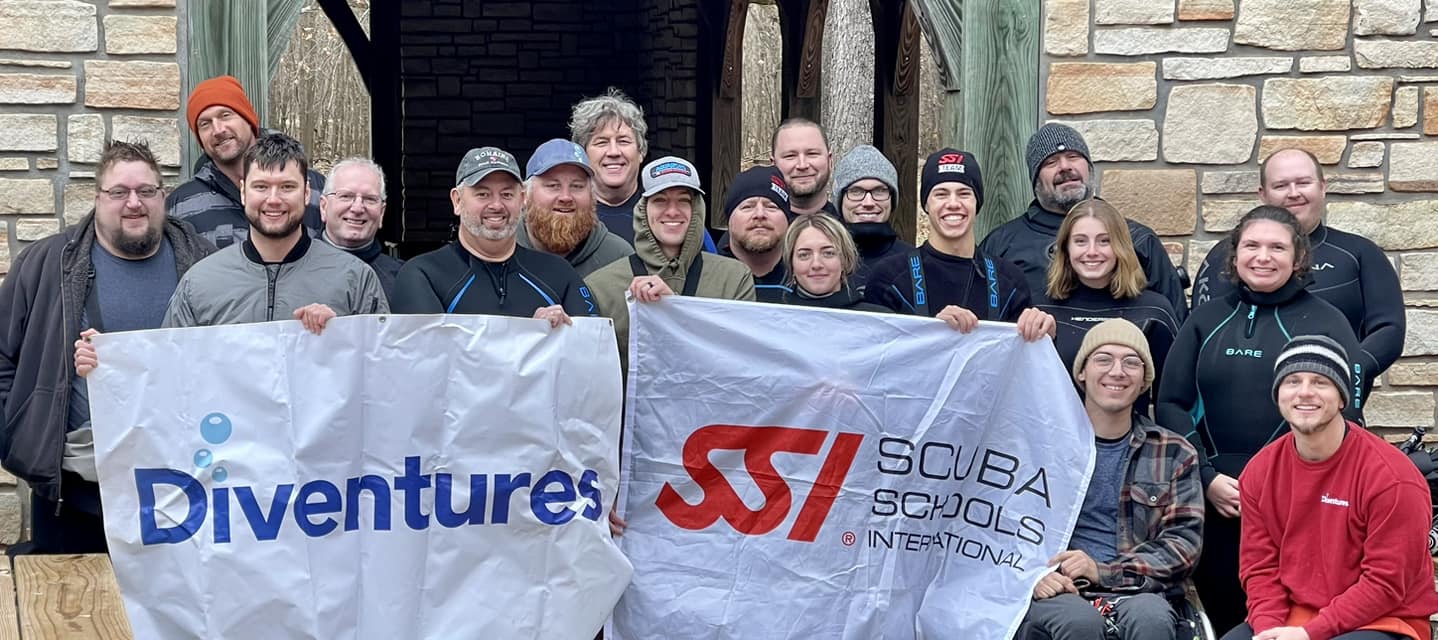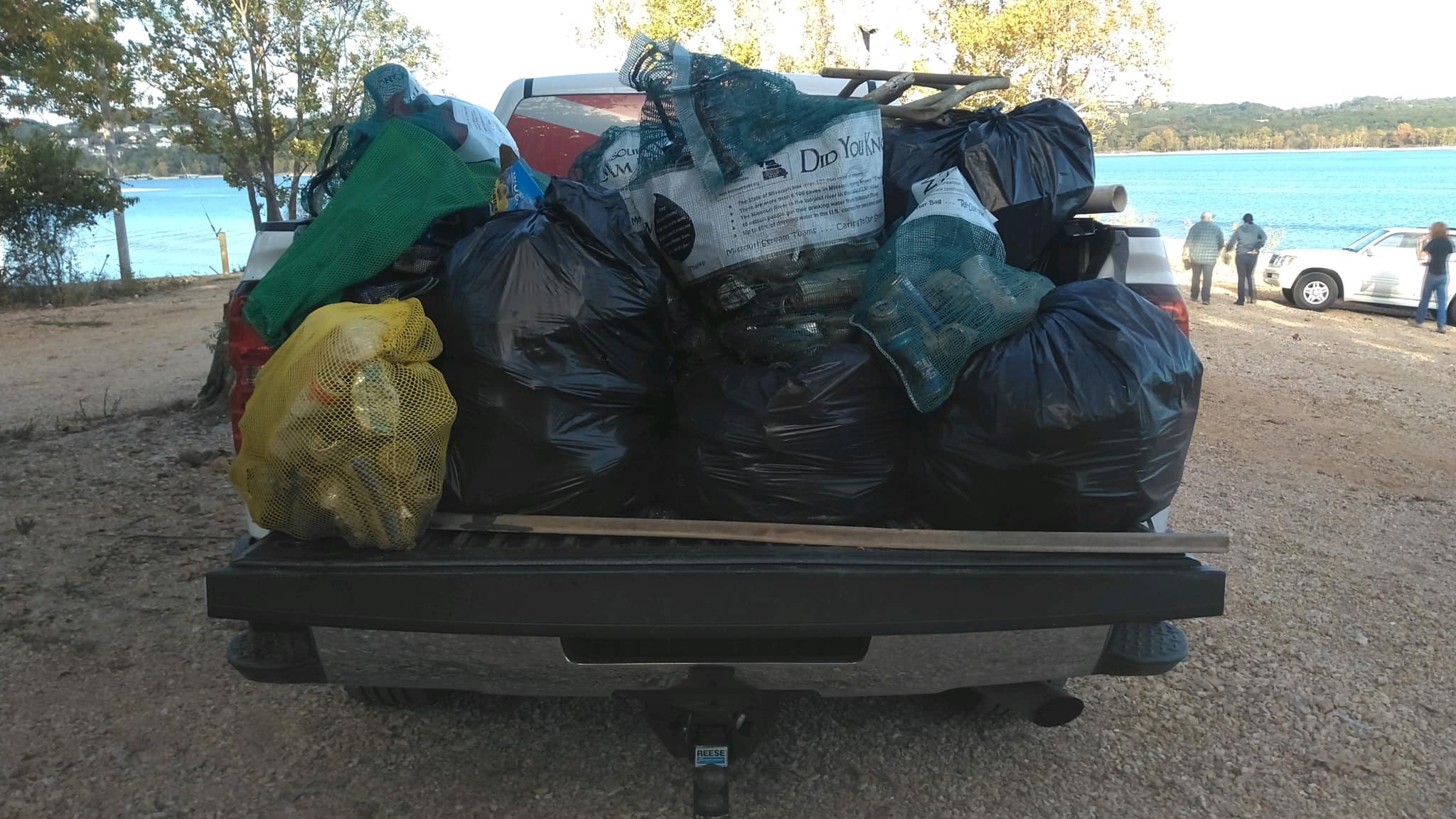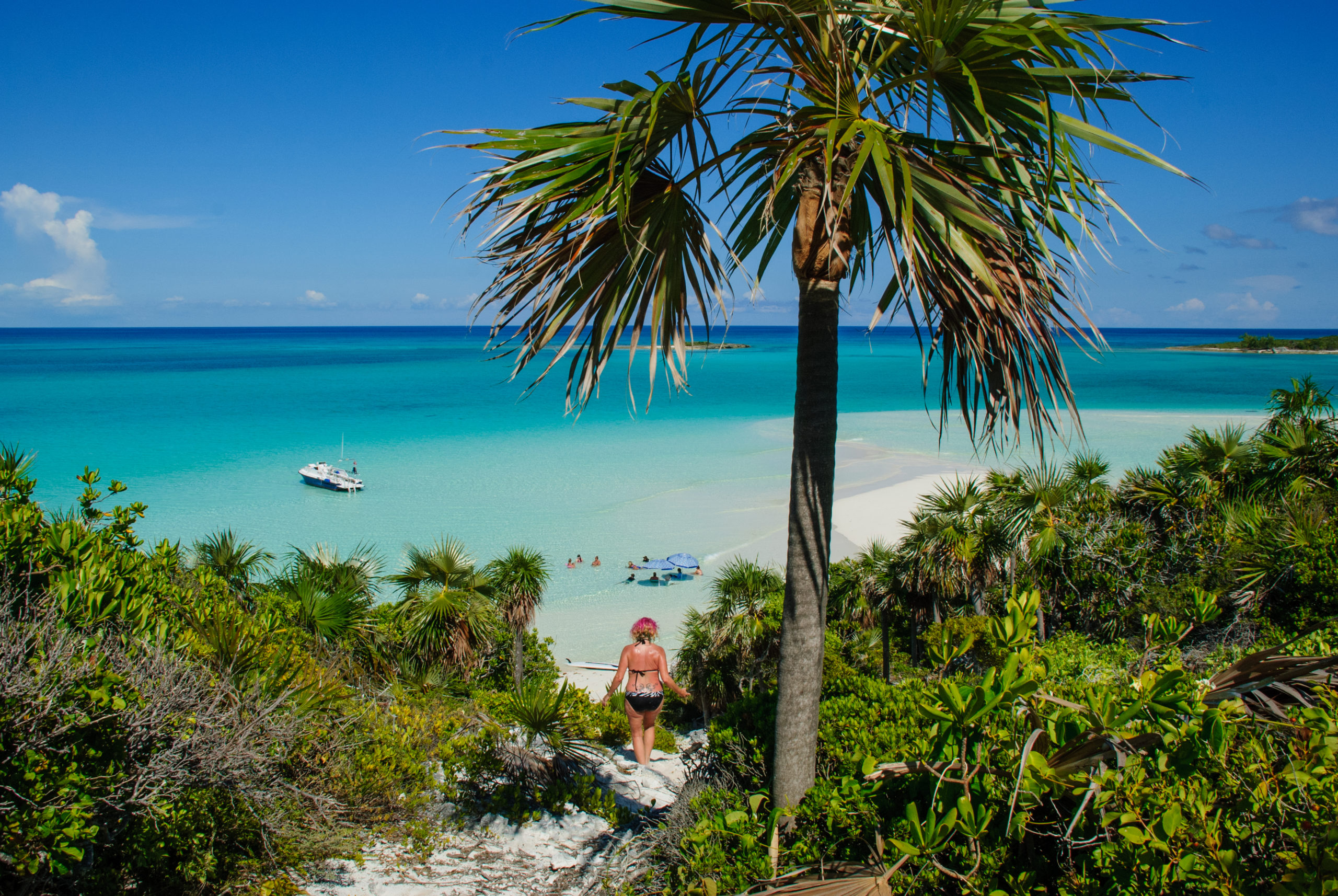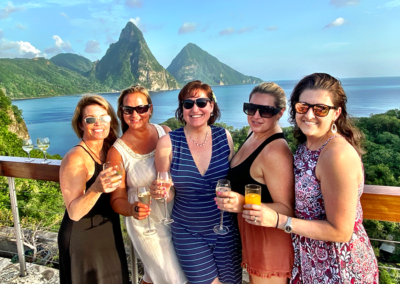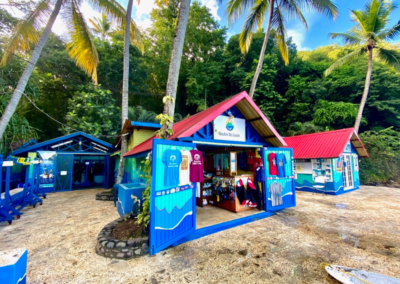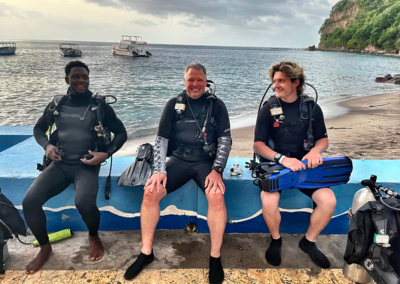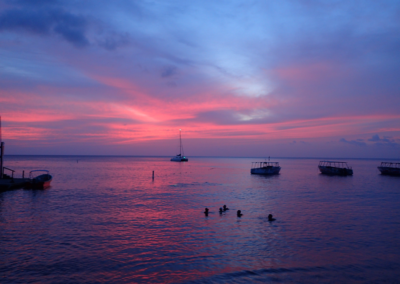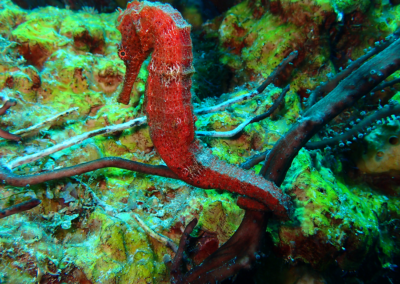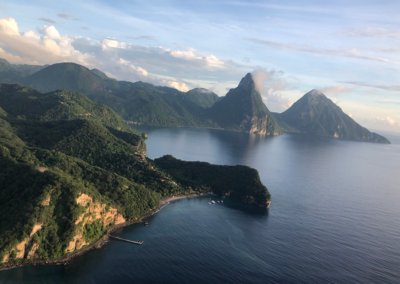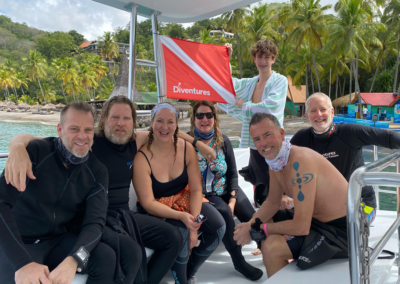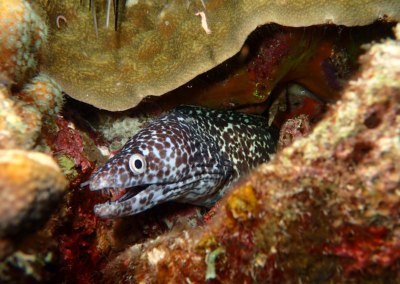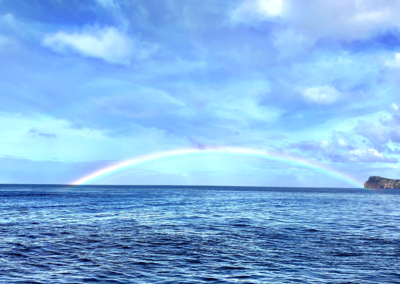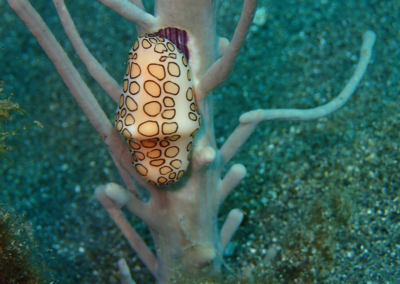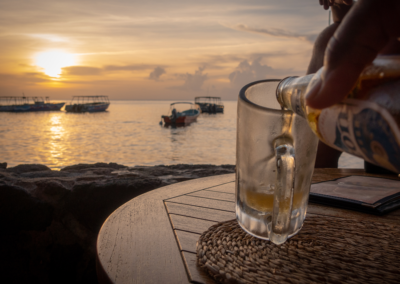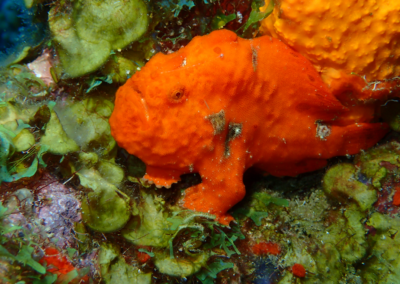Scuba Diving Trips in St. Lucia
Upcoming Trips
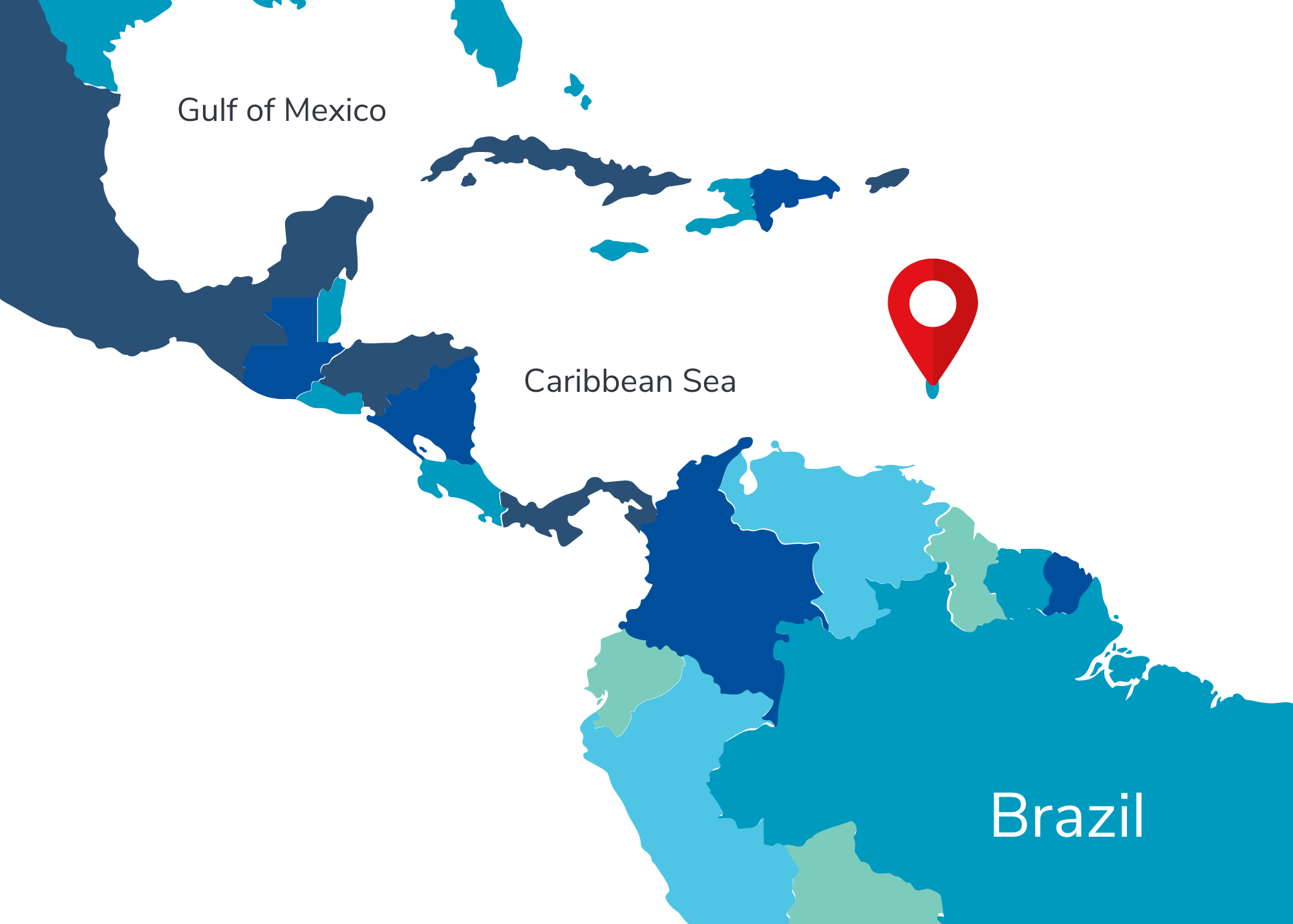
Diving in St. Lucia is like diving through a kaleidoscope of color. The clear blue waters allow you to immerse yourself in colorful coral, beautiful reefs and a variety of marine life. Because of the 60-100 feet visibility, you’ll get an up-close look at sea creatures most people only see in the movies.
St. Lucia is a volcanic island country in the eastern Caribbean Sea. It is the second largest of the Windward group islands in the Lesser Antilles and is northwest of Barbados. The island is about 27 miles long and 14 miles wide. St. Lucia is about a 3 hour and 40-minute flight from Miami, FL.
The island’s capital, Castries, is home to about one –third of the country’s population. St. Lucia has more mountains than other Caribbean islands. The Piton mountains are the island’s most famous landmark and a UNESCO World Heritage Site. The summit is approx. 2,600 feet above sea level.
What To Expect
Scuba Diving
Whether you’re a seasoned Dive Pro or a beginner, you’ll experience a whole new world in St. Lucia’s reefs. The reef starts just 15 yards beyond the shore and slopes down to 140 feet deep. But don’t worry, all the colorful coral and marine life can be spotted in as shallow as 20 feet deep. Rated “top five” shore dives in the Caribbean, St. Lucia is also a dream for photographers. The walls and pinnacles create an underwater canyon that runs for miles, which are perfect for those wide-angle shots and panoramic views.
Keep your eyes out for:
- Turtles
- Pufferfish
- Seahorses
- Moray eels
- Peacock flounder
- Frogfish
- Squid
- “The Thing”
Recommended Specialty Courses
- Boat diving
- Deep diving
- Spearfishing
- Navigation
- Night & limited visibility
- Nitrox
- Perfect buoyancy
- Photo & video
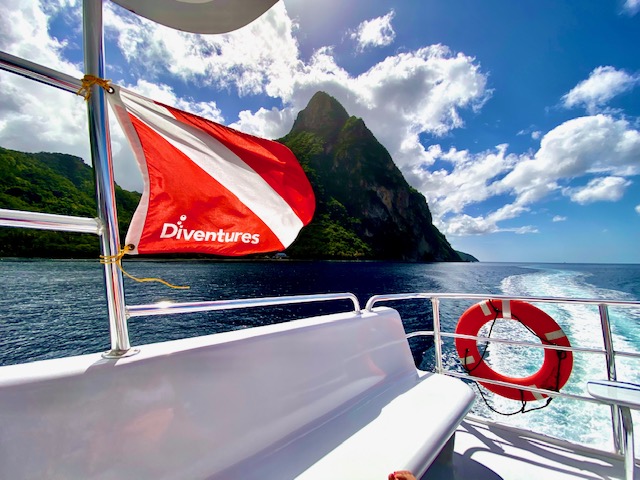
Culture
St. Lucia was one of the last European colonies to gain its independence from the British Commonwealth in 1979. With the island’s diverse history, it is home to a variety of cultures. Carib culture has a strong influence on the island, but it also has a mix of English, French and Dutch elements. The official language of St. Lucia is English, but Kwéyo’l, a mix between French and African languages, is spoken in rural areas.

The Pitons
The Gros and Petit Pitons are volcanic mountains near the towns of Soufriere and Choiseul. They are a UNESCO World Heritage Site and act as a natural monument on the island. The Gros Piton measures about 2,619 feet while Petit measures about 2,461 feet. And although Petit is the smaller of the two, the Gros Piton is the mountain that is frequently climbed and even includes marked trails.

Anse Mamin
The old French Colonial plantation of Anse Mamin is a tropical garden of Eden with historical ruins dating back to the 18th century. You can visit on a guided tour or visit any time of day on your own to explore the estate trails.

Jazzy Champagne Sunset Cruise
Once a week the double decker motor catamaran Miss Babsie takes guests on a sunset cruise. Sip champagne and listen to jazz from one of St. Lucia’s best saxophone players as you cruise into the sunset.
What prior travelers say
“Anse Chastanet was an amazing place to stay! The accommodations and scenery are beautiful, but the staff is what makes the place so amazing. They were always smiling and helpful. The dive shop, Scuba St. Lucia, was also amazing. From the people that work at the desk to the dive guides and boat captains.”
Traveler Photos
Know Before You Go
Dive Insurance
Dive insurance is required on all Diventures trips. We recommend purchasing DAN dive insurance.
Travel Insurance
Travel insurance is not required but is highly recommended for all Diventures trips. We recommend purchasing DAN trip insurance.
Currency
St. Lucia has its own currency, the Eastern Caribbean dollar. Most places accept U.S. dollars, though you might be given change in Eastern Caribbean dollars. Tip: Always carry some cash because the option to pay by card isn’t always available.
Language
The language most commonly spoken in villages and rural areas is Kwéyo`l, a creole language that is a mixture of French and African languages. English is the language of instruction in the schools and the language used in business, governmental institutions and most formal settings.
Water/Food
The main water supply in St. Lucia is chlorinated and considered safe to drink, but may taste a little strange if you are not used to the chlorine. Ice served in drinks is usually made from tap water and is also considered safe to drink. Bottled mineral water is available in hotels and shopping malls and is inexpensive if you prefer not to drink tap water. St Lucian food is a combination of Creole with French and West Indian influences. Fresh seafood is abundant and often caught locally and many of the upmarket restaurants serve locally produced vegetables and fruits. Other popular Caribbean dishes are lobster and stewed fish, plantains, and Callaloo, a spinach-like soup made from the leaves of the dasheen plant.
Etiquette & Customs
The dress code at the resort in the evenings is smart casual. Gentlemen usually wear collared shirts and Bermuda shorts in the evenings. Light cotton or linen clothing is the most comfortable. You should wear dry clothing in the beach restaurant and a light cover-up at lunch.
Taxes
The government imposes an 8% occupancy tax on hotel rooms, and there’s a $26 departure tax for both airports. Children 11 and under don’t pay departure tax.
Tipping
St. Lucia doesn’t share quite the same tipping culture as the U.S. Most restaurants and bars will add 10 percent for service to the bill — anything additional is up to you. That said, St. Lucia is an island that relies heavily on tourism, so feel free to tip to your heart’s content if you feel you’ve received exceptional service from your taxi driver, tour guide or bartender.
Weather and Climate
St. Lucia has a tropical climate. August and September are the hottest two months with temperatures reaching 95º – 100º F. Trade winds provide cooling breezes most of the year. St. Lucia enjoys an average of 7 – 11 hours of sunshine daily year-round. The sun in St. Lucia can be very strong and it is very easy to become sunburnt. A sun hat and sunscreen (Coral Safe) is recommended at all times. Rainy season is between June and November. Humidity is particularly high during July, August and September (the hottest months) as the trade winds ease off. St. Lucia is located in the hurricane belt. Generally, the strongest storms coincide with the rainy season, which runs from June to November. Trip insurance is highly recommended.
Need help packing?
We can’t pack for you, but we can share our packing list and travel tips.

